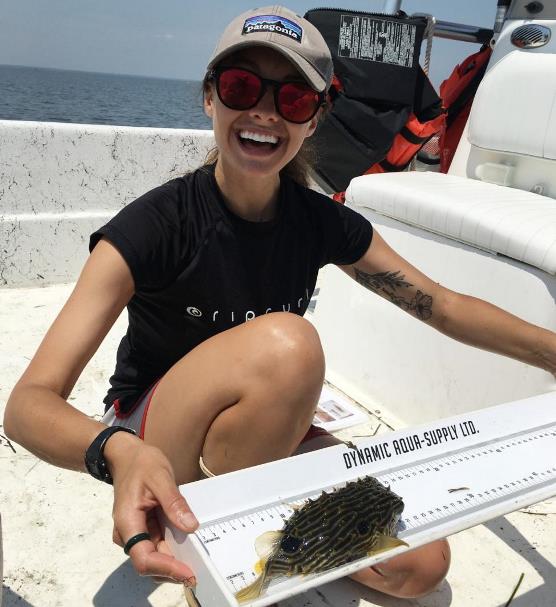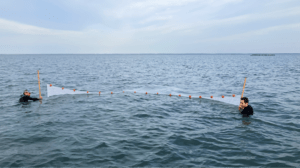In a seven-year study, University of Virginia researchers caught six times the number of fish in restored seagrass meadows off the state’s coast as compared to unrestored shallows. Seagrass meadows provide habitat for a large variety of animals, but the level and consistency of fish recovery surprised the UVA scientists.
The study also showed seagrass renewal efforts doubled fish diversity. These findings continue to point to restoration as a valuable solution to reversing species declines due to the loss of seagrass and other habitats worldwide.
The research was part of UVA’s decades-long partnership with The Nature Conservancy (TNC), which since 1970 has preserved a massive biosphere across 14 of the Virginia Barrier Islands situated between the Atlantic Ocean and the Delmarva Peninsula.
Following a devastating outbreak of seagrass disease and a destructive hurricane in the 1930s, the region’s shallow bays sat barren for over 60 years.
But starting in 1999, over 70 million seagrass seeds have been spread by the Virginia Institute of Marine Science and TNC with the guidance and support of scientists from UVA, resulting in the world’s largest successful restoration of these imperiled underwater plants.
The new study shows that restored undersea meadows, even after decades of absence, can quickly act as a nursery for young fish life, supporting the return of many species.
Such regeneration is not only a positive event for the ecosystem, but also for the local economy.
“We’re seeing high densities of juvenile fish in the meadow that are targets of commercial and recreational fisheries later in life, showing that the restored seagrass meadow is a key nursery for fish with high economic value,” said Sean Hardison, doctoral candidate in the Department of Environmental Science and lead author of the study.
As part of the state’s $1 billion seafood industry, “These [smaller] fish also help attract the larger fish we like to catch and eat,” said Bo Lusk, a scientist who oversees the Conservancy’s efforts there.
The Virginia coastal bays are a hotspot for recreational fishermen hoping to land sportfish, including drum and flounder.
Students, faculty and staff all waded in to support the project over the years. From 2012 to 2018, they used nets to collect fish twice a year from areas inside and outside of the restored meadows.
The research took place across 16 sites within the nearly 9,000 acres University scientists continue to monitor. The effort documented the return of seahorses, pufferfish, anchovies, croaker and bass to the coastal zone.
The findings were recently published in the journal Conservation Biology and are among the latest from the Virginia Coast Reserve Long Term Ecological Research Project, which has been funded by the U.S. National Science Foundation since 1987 to study coastal ecosystem change.
“The discoveries are made possible by research sustained over decades that reveals trends before and after the seagrass restoration that might not otherwise be observed,” says Karen McGlathery, study co-author, lead investigator of the project and Director of UVA’s Environmental Institute.
Work on the coast continues. UVA researchers will use the successful seagrass restoration to study how seagrass, fish and other marine life are affected over the long term by a changing climate. But scientists are optimistic.
“The hope is that the success we’ve seen in this part of coastal Virginia can be replicated in other places suitable for restoration,” said Max Castorani, Associate Professor in the Department of Environmental Science and study co-author.
“What we learn here can inform large-scale restoration planning across the world and reveal the future of coastal ecosystems in a rapidly changing ocean,” he concluded.
Photos courtesy of the University of Virginia Environmental Institute.


